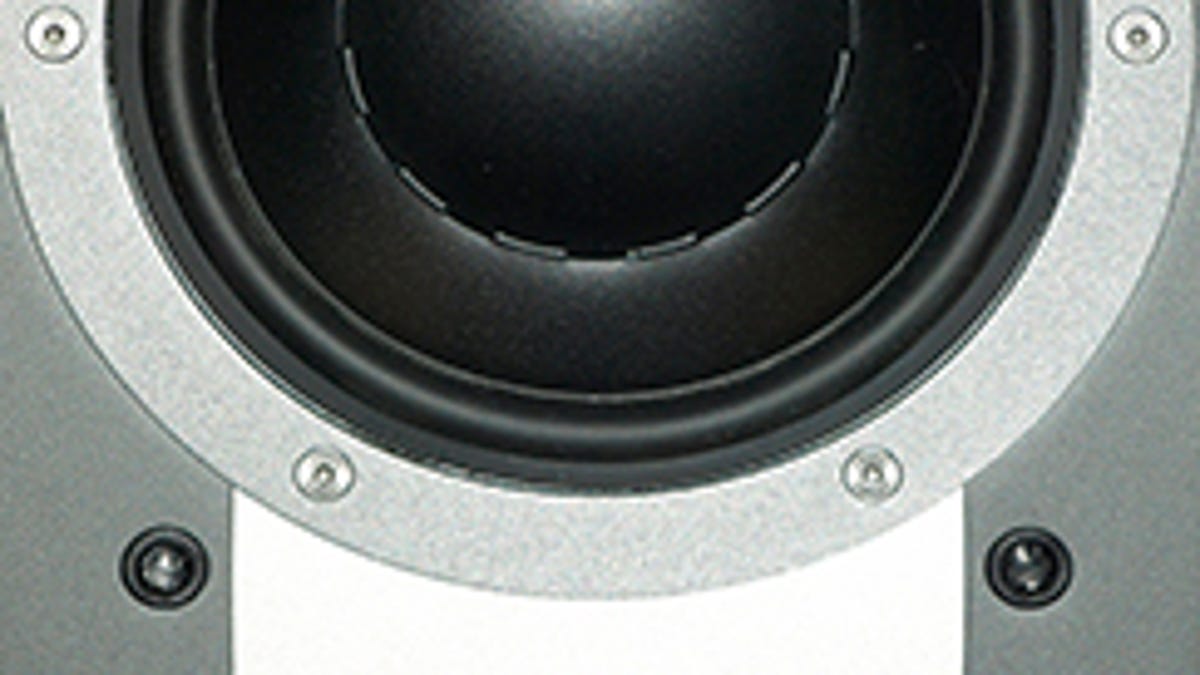Speaker specifications: A buyer's guide
Untangling the secrets of speaker specifications is the key to better sound.

Listen, if you're buying speakers, the best thing to do is listen to them. If you can't, you'll learn a lot perusing specifications.
Online shoppers need the most info, but even brick-and-mortar buyers can predict quite a lot about a prospective speaker's performance and system compatibility by looking at the numbers. Tech talk gets you woozy? No problem, the main points of interest would be the dimensions of the speaker and how much the thing weighs.
Hint: bigger and heavier speakers almost always sound better than small, lightweight ones.
So far, so good, but woofer size also provides clues about how much bass a speaker will produce. Bigger woofers make more bass than smaller ones, but the cabinet's size is almost as important a factor as woofer size in determining bass quality/quantity. Multiple woofers may look impressive, but they're less reliable predictors of bass oomph; we've tested lots of skinny speakers with two, three, four, or more drivers that didn't make much bass. The cabinets were too damned small, four 3-inch woofers don't make as much bass as one 6-inch woofer in a larger box.
You might hope the frequency response specification, "38 Hertz -- 22,000 Hertz," would predict how much bass the speaker would make. The first part of that spec, "38 Hertz" refers to the bass output--the lower the number--the deeper the bass. Ah, but since there wasn't any reference to the tolerance of the spec, it's just about useless. Some manufacturers include a "+/-" after the frequency response number, something like 38 Hertz - 22,000 Hertz +/- 3 dB, and that helps a bit. Any speaker that reaches 50 Hz or lower can be considered "full range" and doesn't necessarily need to be partnered with a subwoofer--for music. Multichannel (5.1, 6.1, 7.1) home Theater applications almost always require subwoofers.
I have less to say about tweeters, other than to recommend buying speakers with tweeters; a fair number of pricey "sound bar" speakers are tweeterless. That's not to say they will sound bad, just not as detailed and clear as speakers with decent tweeters.
The sensitivity (or efficiency) spec can be helpful in predicting how a speaker will work with low or moderately powerful amplifiers/AV receivers. An average sensitivity spec is something around "88dB/1watt." Higher sensitivity speakers, 90dB/1 watt are "easier to drive," meaning they will play louder with fewer watts than less sensitive speakers. If you have a $500 or less expensive AV receiver, even if it's rated at 100 watts per channel, I'd still recommend going with speaker rated at 90dB/1 watt. 95dB/1 watt speakers will rock your world with 50 watt per channel receivers.
Next, the impedance spec. This one is a little tricky because it's so misleading. You might think an "8 ohm" speaker is an 8-ohm speaker, but depending on the frequency the speaker is playing at any given instant it might be 14 ohms or 3.6 ohms (impedance constantly varies with frequency). Yes, the impedance may average 8 ohms, but that doesn't help your receiver when it's attempting to reproduce the thundering sound of dinosaur footsteps. Be that as it may, try to go for higher rather than lower impedance speakers if you're using budget- or moderately priced electronics (the lower the impedance, the more power the speaker needs).
I've covered power handling specs before, typically stated as "up to xxx watts," but the spec is really pretty useless. For example, it implies that you'd be living dangerously if you hooked up a 200-watt-per-channel amplifier to a speaker rated for 100 watts. Not so! In fact, you'd be more likely to harm said speaker with a 50-watt-per-channel receiver, it you played it loud. Why's that? Because the 50-watter would be way more likely to clip (distort) when playing loud than the 200 watt amp.
The lower power receiver's distortion is way more likely to "blow" a driver. Yes, if you went nuts with the 200-watt beast it would also cause damage, but at a much higher volume level than the 50 watt receiver. Either way, a little common sense restraint will save the cost of repairs, but the point here is the power handling spec doesn't provide any real guidance. Ignore it.
Hint: If you want to play loud, even if only now and then, buy bigger speakers and more powerful electronics.
Did we miss anything? Please submit your speaker spec questions here.

